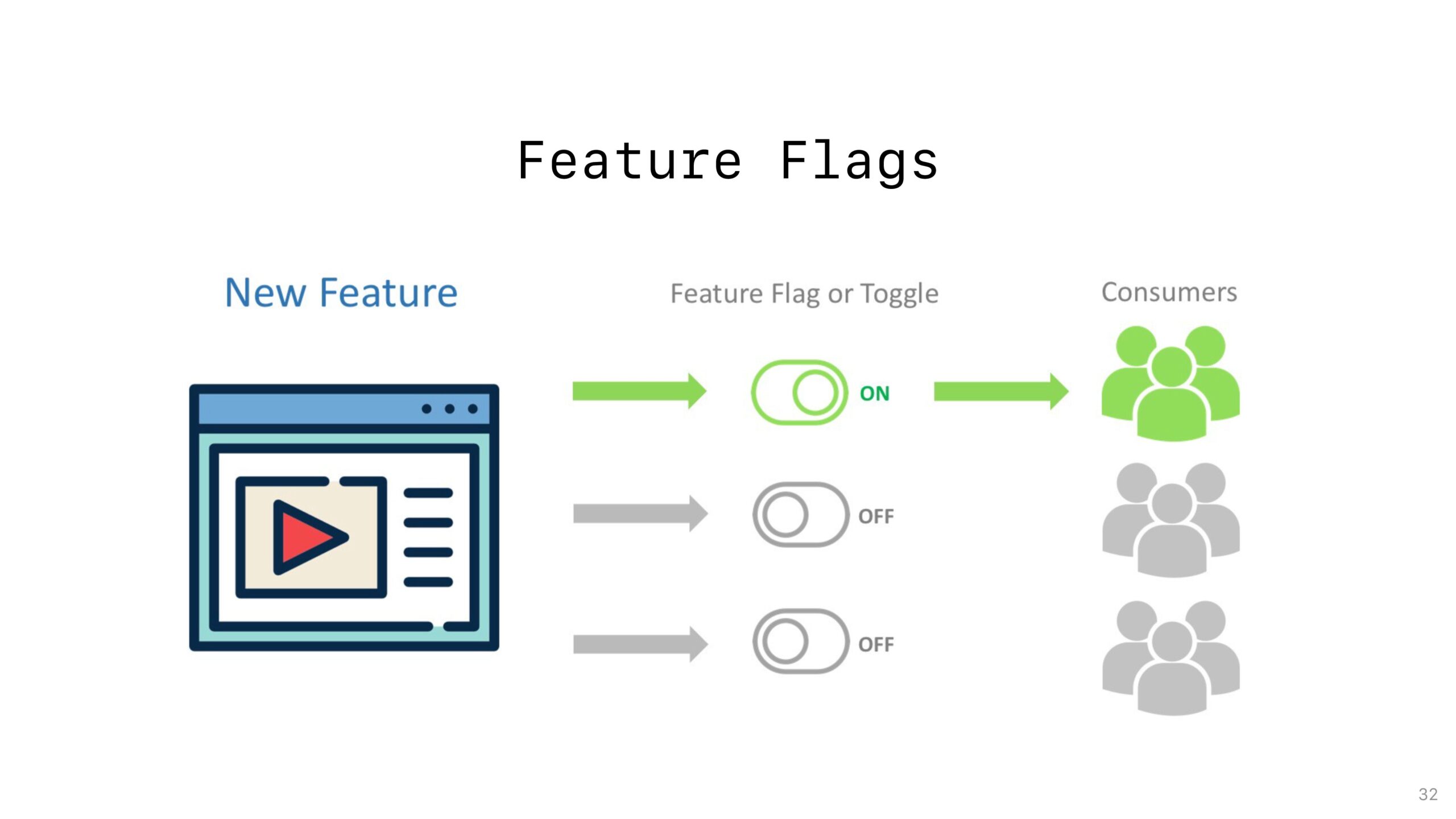In the fast-paced world of software development, agility and flexibility are key. Teams need tools that allow them to adapt quickly to changing requirements and deliver high-quality features without compromising stability. Enter feature flag—a powerful mechanism that enables developers to turn features on or off in real time without deploying new code. This tool has become indispensable for modern software development, offering a way to test, release, and manage features with unprecedented control.
What is a Feature Flag?
A feature flag, sometimes referred to as a feature toggle, is a conditional statement in the code that determines whether a feature should be active or inactive. By wrapping new or experimental features in feature flags, developers can control the exposure of these features to users. This allows for gradual rollouts, A/B testing, and easy rollback of problematic features without needing to push new code to production.
Latest Trends and Updates
In recent years, the adoption of feature flags has surged, driven by the rise of continuous integration/continuous deployment (CI/CD) pipelines and the need for more sophisticated release strategies. Several key trends have emerged:
- Feature Management Platforms: Companies like LaunchDarkly, Split, and CloudBees have developed comprehensive platforms for feature flag management. These tools go beyond simple on/off switches, offering features like percentage rollouts, user segmentation, and detailed analytics. The market for these platforms is growing rapidly, with recent reports indicating a significant increase in enterprise adoption.
- AI and Machine Learning Integration: The integration of AI and machine learning with feature flagging is an exciting development. AI-driven feature flag management can automatically optimize feature rollouts based on user behavior and other real-time data, reducing the need for manual intervention. This allows for more personalized user experiences and can lead to higher engagement and satisfaction.
- Security Enhancements: As feature flags become more widespread, security concerns have come to the forefront. The latest updates in feature flagging platforms include enhanced encryption and access controls, ensuring that only authorized personnel can modify feature flags. This is particularly important for industries with strict compliance requirements, such as finance and healthcare.
- Server-Side Feature Flags: Traditionally, feature flags were implemented on the client side, but the shift to server-side feature flags is gaining momentum. Server-side flags offer better performance, as they eliminate the need for client-side checks and reduce latency. Additionally, they provide more robust control over features, making them ideal for large-scale applications.
Benefits of Using Feature Flags
The benefits of feature flags are numerous and align well with modern development practices:
- Faster Development Cycles: Feature flags allow teams to merge code into the main branch without waiting for a feature to be fully completed. This speeds up development cycles and enables continuous integration.
- Reduced Risk: By controlling feature rollouts, developers can mitigate the risks associated with new releases. If a feature causes issues, it can be disabled instantly without rolling back the entire deployment.
- Improved User Experience: With feature flags, teams can conduct A/B testing or gradual rollouts to gather user feedback and make data-driven decisions. This leads to a more refined and user-centric product.
Conclusion
As the software development landscape continues to evolve, feature flags have solidified their place as a vital tool for managing complexity and enhancing agility. With the latest advancements in AI, security, and server-side implementations, feature flags are becoming more powerful and versatile than ever. For development teams looking to stay ahead of the curve, embracing feature flagging is no longer optional—it’s essential.
Feature flags are not just a trend; they’re a fundamental shift in how software is built, tested, and delivered. As the technology continues to advance, its role in the software development process will only grow, making it a critical tool for any forward-thinking development team.






